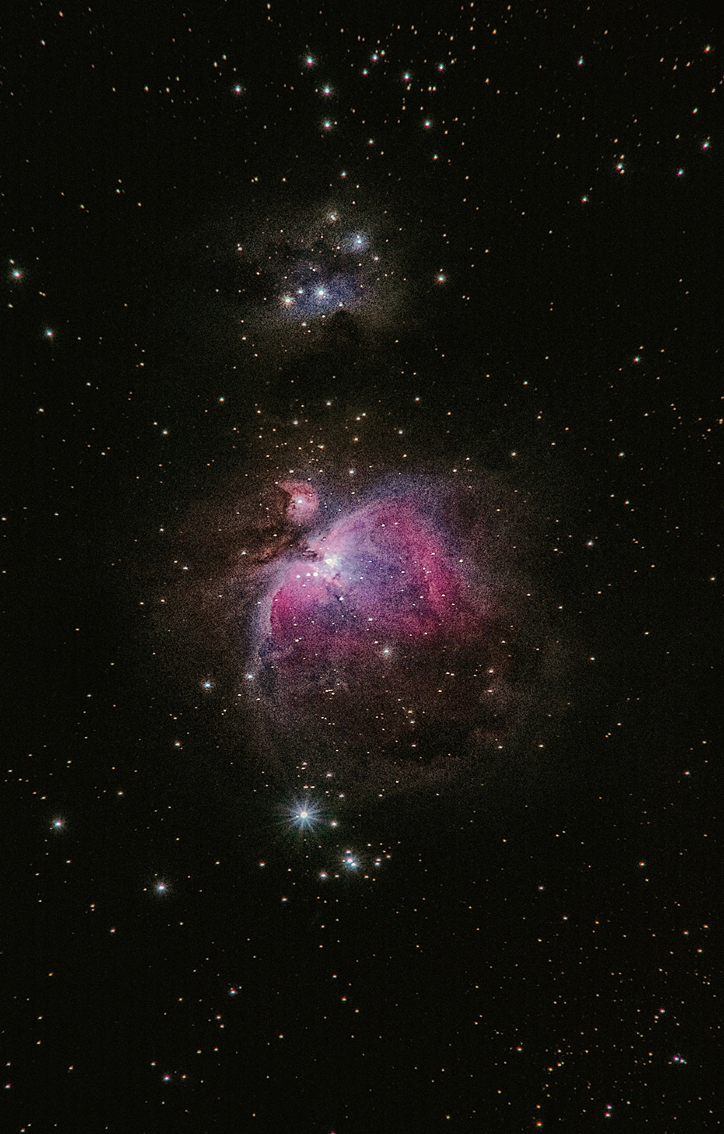Starfall: How the stars die?
 SPACETER
SPACETER
The vast canvas of the cosmos isn’t silent to the demise of stars. Stellar death can be a dazzling supernova explosion or a more gradual process, but it’s always a powerful finale, a crescendo in the grand symphony of the universe. This celestial drama unfolds in a stunning variety of ways, with each star meeting its fate in a unique and awe-inspiring manner.
The Dance of Planetary Nebulae
When a medium-sized star, similar in mass to our Sun, nears the end of its life, it sheds its outer layers. This expanding shell of gas and dust, called a planetary nebula, can reach several light-years in diameter. These breathtaking celestial structures come in diverse shapes, from delicate bipolars to intricate rings, as captured by powerful telescopes like Hubble. Planetary nebulae, despite their name, have nothing to do with planets; they are the final breaths of a dying star, a testament to the delicate balance of life and death in the cosmos.
The Cosmic Drama of the Crab Nebula
A particularly dramatic example is the Crab Nebula. This nebula isn’t the result of a single star’s death, but rather the violent collision of two incredibly dense stellar cores called neutron stars. This titanic clash, witnessed on Earth in 1054 AD, unleashed a burst of gamma rays, the highest energy form of light, traveling at the speed of light. The Crab Nebula serves as a stark reminder of the immense power unleashed during stellar deaths.
Mass Matters: The Fate of Stars
But what determines a star’s fate? It all boils down to mass. Red dwarfs, the faintest and longest-lived stars, burn hydrogen fuel for trillions of years. These diminutive stars fizzle out quietly, leaving behind a cold, dark ember known as a helium white dwarf.
In stark contrast, massive stars, boasting over eight times the mass of our Sun, burn bright and fast. Their immense size fuels a ferocious rate of nuclear fusion, leading to a spectacular and violent death: a supernova. During this explosion, the star can briefly outshine its entire galaxy, releasing more energy in a few seconds than it has throughout its entire previous life. The shockwave from the supernova triggers the formation of new stars and enriches the interstellar medium with the heavier elements like iron and oxygen, essential for forming planets. Supernovae, though destructive, serve as the crucibles in which the building blocks of life are forged.
The Quiet Demise of Medium-Sized Stars
Medium-sized stars like our Sun undergo a less dramatic, yet captivating, death. They swell into red giants, becoming cooler and larger before collapsing and shedding their outer layers to form a planetary nebula. The remaining core, a hot and dense white dwarf, gradually cools over billions of years, eventually becoming a faint ember in the vast cosmic darkness.
Echoes of Stellar Legacies
Stars may die, but their legacies echo throughout the cosmos. Supernovae enrich the interstellar medium, allowing for the creation of new generations of stars and planets. Planetary nebulae showcase the beauty and complexity of stellar death. In the end, stars don’t simply fade away; they leave their mark on the universe in a blaze of glory, reminding us of the delicate balance between life and death that shapes the grand tapestry of the cosmos.
A visual exploration:
Constellation in the sky


Subscribe to my newsletter
Read articles from SPACETER directly inside your inbox. Subscribe to the newsletter, and don't miss out.
Written by
